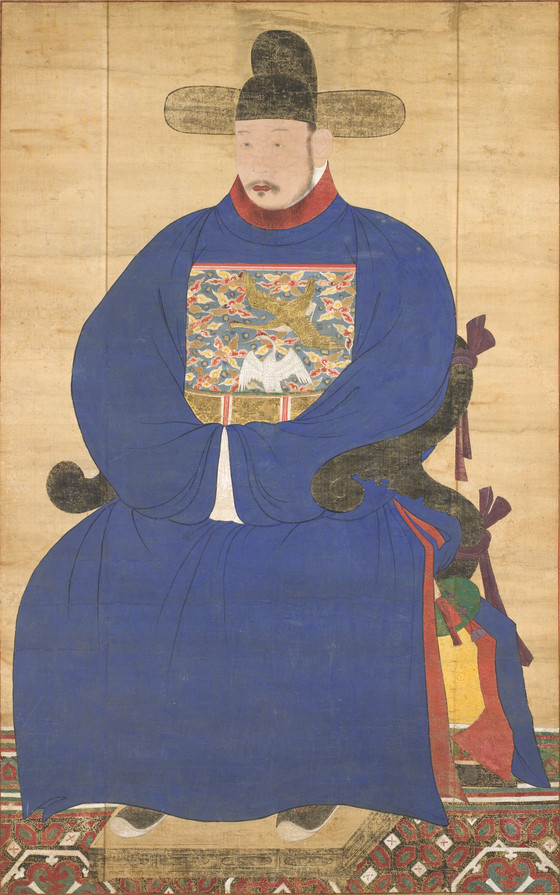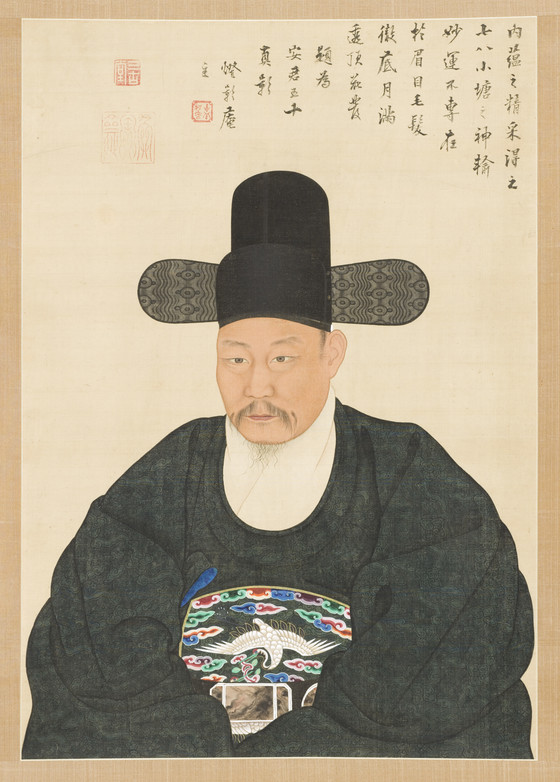Korean Scholar-Officials
5 records
Ancestral portraits
Scholar-Officials (sadaebu or sonbi) represent the highly educated ruling class that emerged during the Choson dynasty (1392-1910) as the founder, Yi Songgye (133–1408) adopted Neo-Confucianism-the modified teachings of the early Chinese philosopher Confucius (about 552–479 B.C.E) to establish new principles for Korean governance. Implementing a competitive Confucian examination system to select civil servants, early Choson kings created a class of government officials who were familiar with Chinese and Korean historical and literary classics. This new class, also called yangban (literally two divisions, reflecting the civil or military assignments they received), challenged aristocratic families that had monopolized power during the Koryo period and redirected the course of Korean history and art history.
- June Li, Curator, Chinese and Korean Art, (2002)
Scholar-Officials (sadaebu or sonbi) represent the highly educated ruling class that emerged during the Choson dynasty (1392-1910) as the founder, Yi Songgye (133–1408) adopted Neo-Confucianism-the modified teachings of the early Chinese philosopher Confucius (about 552–479 B.C.E) to establish new principles for Korean governance. Implementing a competitive Confucian examination system to select civil servants, early Choson kings created a class of government officials who were familiar with Chinese and Korean historical and literary classics. This new class, also called yangban (literally two divisions, reflecting the civil or military assignments they received), challenged aristocratic families that had monopolized power during the Koryo period and redirected the course of Korean history and art history.
- June Li, Curator, Chinese and Korean Art, (2002)




